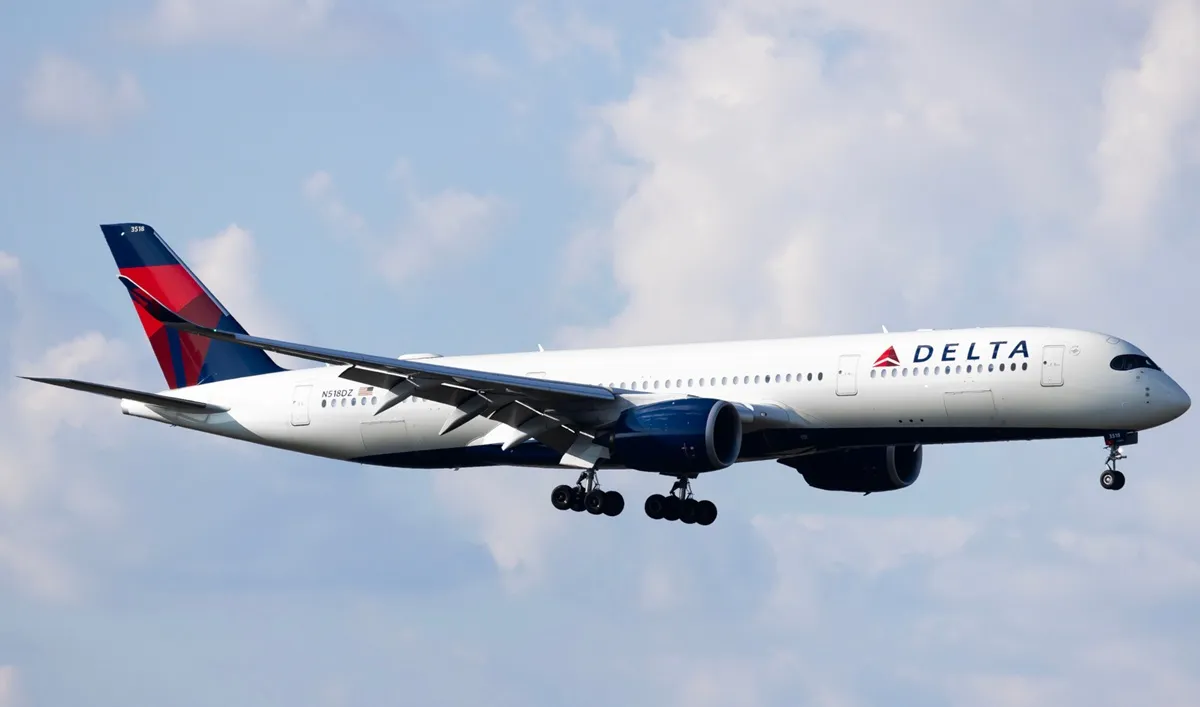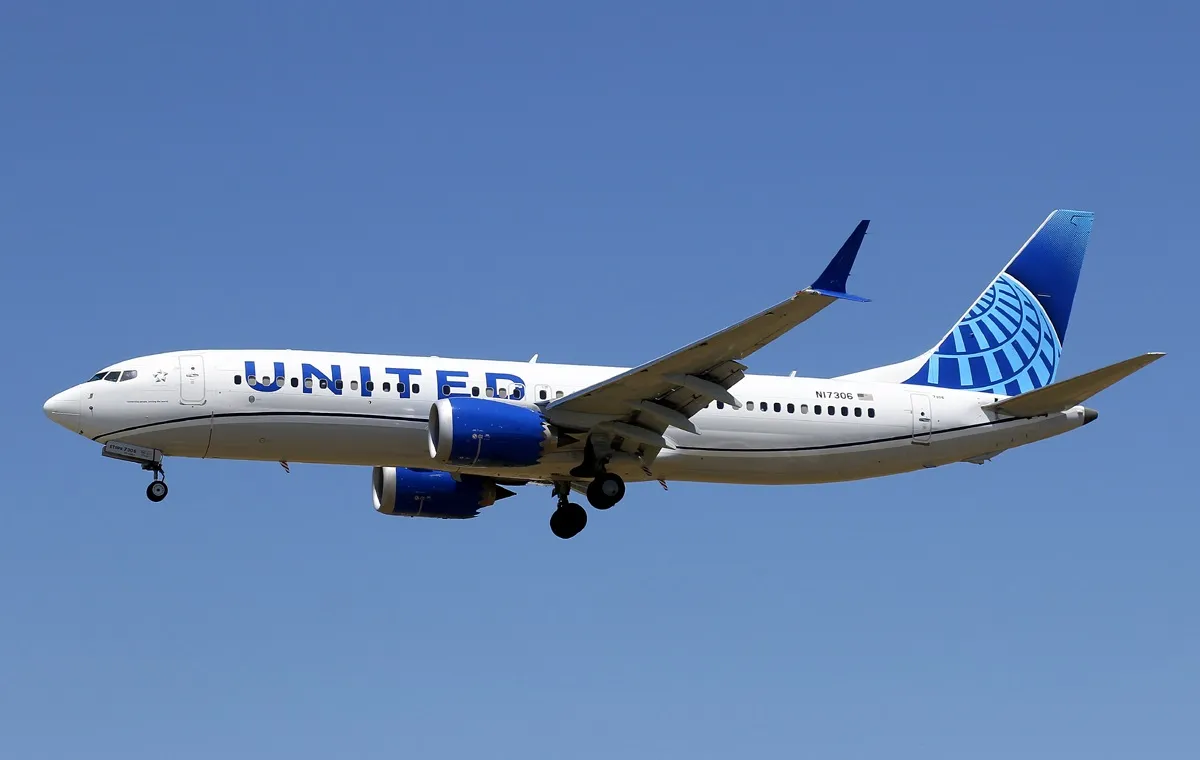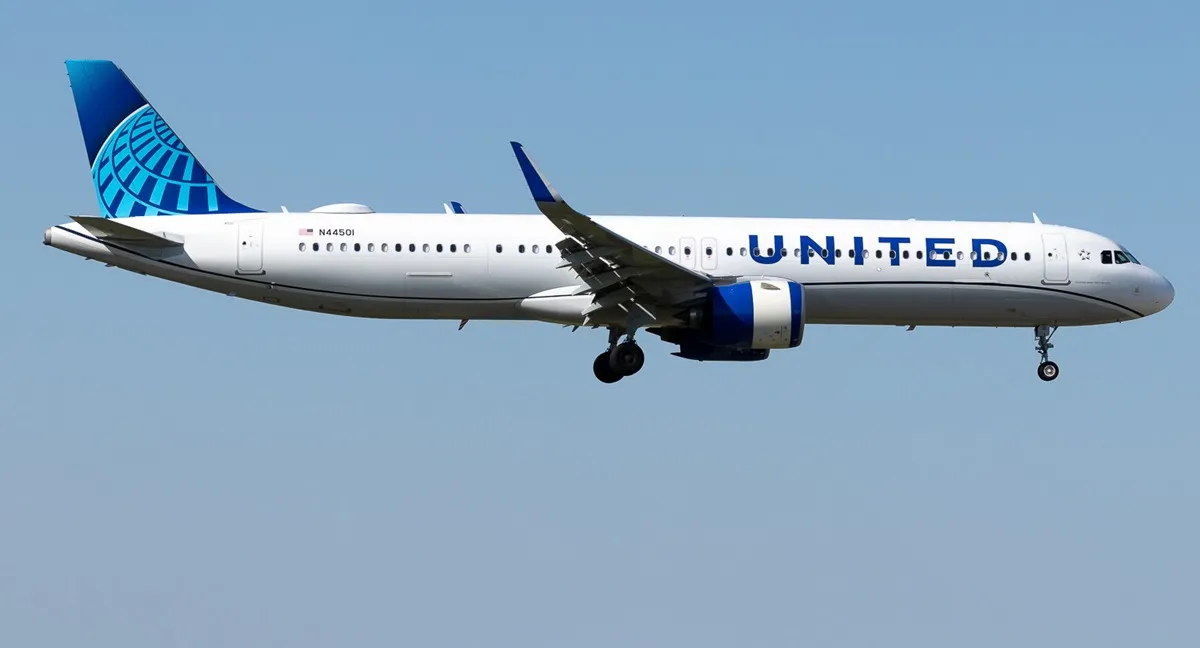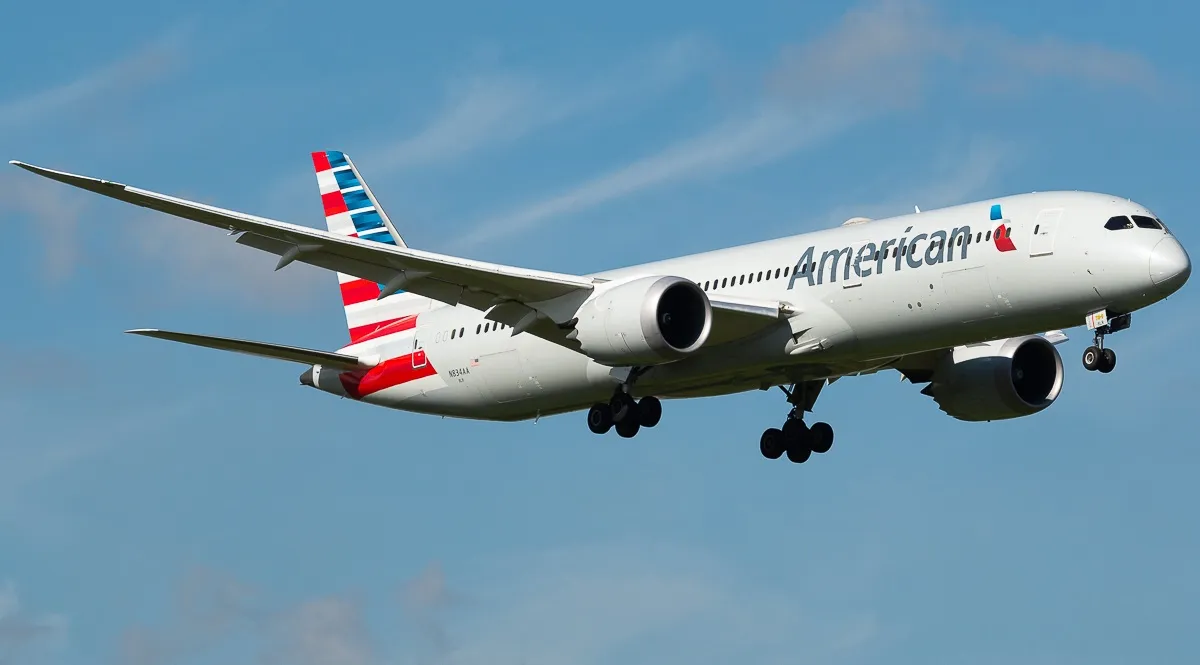
The Boeing 787 Dreamliner is one of the most revolutionary aircraft of the 21st century. The aircraft is the most recent clean sheet design from American aircraft manufacturer Boeing, and offers major improvements in passenger experience, efficiency, and environmental impact.
The 787's compromise between lower capacity and impressive range has made it a versatile and popular aircraft that has become an integral part of airline fleets across the world.
Like all commercial aircraft flying today, the 787 Dreamliner was built to last. The widebody jet was designed and tested to ensure it could last for 30 years before more frequent maintenance routines were required.
Before and after the aircraft's certification, Boeing extensively tested the airframe and aircraft in different conditions to ensure it would provide airlines with reliable and safe long-haul operations.
Now, the 787 has become a global workhorse. Airlines from across the world have ordered large fleets of the aircraft to help connect their hubs to distant destinations.
Boeing's test program began long before the 787's commercial debut
In August 2011, the Federal Aviation Administration certified the Boeing 787 Dreamliner. The first aircraft that rolled off the assembly line was the Boeing 787-8 variant, the smallest in the aircraft family.
However, before this milestone, Boeing put the aircraft's air frame to the test through a series of intensive limit and ultimate load conditions.
According to Wired, Boeing simulated the effects of over 100,000 flights on one of the company's initial 787 test frames. This initiative, known as fatigue testing, was launched to prove the aircraft's airworthiness and durability in a variety of situations.
These effects were simulated to test the 787's response to certain problems, and ranged from regular events to extreme circumstances:
- Slight bouncing on uneven ground (simulates when aircraft are taxiing)
- Varying degrees of turbulence from weather (ranging from light to extreme)
Boeing tested the airframe in a massive test rig to evaluate its quality and durability. Equipment was connected to the airframe through several devices that applied real-world forces and effects to simulate operating conditions.
During the three years that the aircraft was in this phase, the airframe was shaken and bent to ensure it could withstand various forces and external stimuli.
According to Boeing, these tests ran from September 2008 to March 2010. Some of the tests were done using the aircraft's limit load (the maximum load a 787 could have in service) and ultimate load (150% of the aircraft's limit load).
During ultimate load testing, the aircraft's wings stretched upward by 25 feet and the fuselage was pressurized above its maximum operating condition by 150%.
Testing the 787 also proved to the flying public that carbon composites were just as strong and reliable as aluminum. The Dreamliner was the first commercial aircraft to use the material on such a large scale, and some feared that this new material would not be as safe as existing materials used to build aircraft.
While older commercial aircraft are not made with such heavy use of the material, another next-generation long-haul aircraft, the Airbus A350, is also manufactured with heavy use of composites. The A350 was made by Airbus in response to the 787.
Boeing successfully proves the longevity of the 787
All of this structural testing revealed to Boeing that the 787 is durable. The aircraft can operate for up to 30 years before requiring enhanced maintenance checks, and its full service life could extend to as long as 50 years depending on the aircraft operator.
While most commercial jets do not stay in service for that long, this longevity gives Dreamliner operators more flexibility in fleet and retirement planning.
Boeing released a statement on the durability of the 787, explaining:
“In 13 years of service, the global 787 fleet has safely transported more than 850 million passengers on more than 4.2 million flights. A 787 can safely operate for at least 30 years before needing expanded airframe maintenance routines. Extensive and rigorous testing of the fuselage and heavy maintenance checks of nearly 700 in-service airplanes to date have found zero evidence of airframe fatigue. Under FAA oversight, we have painstakingly inspected and reworked airplanes and improved production quality to meet exacting standards. We are fully confident in the safety and durability of the 787 Dreamliner.”
With extensive testing, it seems Boeing has successfully proven the longevity of the 787.
The 787 faces some quality issues
Despite the program's success and strong safety record, the 787 program recently encountered quality control issues. Boeing reported that between October 2020 and August 2022, it slowed production of Boeing 787s and stopped delivering new Dreamliner aircraft almost entirely. This was the result of quality-control issues regarding concerns about the aircraft's joins.
As a result of the concerns, Boeing conducted quality control inspections and implemented new procedures into the production process to ensure this issue would not escalate further. The aerospace firm explained in a statement:
“From October 2020 to August 2022, as a result of employees identifying and sharing conformance items on the 787, we slowed production and stopped delivering nearly all 787s to take our time to get things right and ensure each met our exacting engineering specifications. We incorporated the join inspection and verification activity into our production system so that airplanes coming off of the production line meet these specifications. For the in-service fleet, comprehensive Boeing and FAA analysis determined there is no near-term safety of flight concern, and our engineers are completing exhaustive analysis to determine any long-term inspection and maintenance required, with oversight from the FAA. Based on the analysis and any future inspection, the 787 will maintain its strength, durability and service life.”
Even after this, however, other concerns have come to the attention of the FAA regarding the 787's production. According to Aerotime, the FAA has ordered mandatory inspections of the 787's forward bulkhead. This part of the aircraft, located towards the nose of the plane, is partially responsible for keeping the aircraft pressurized.
Inspections found gaps as wide as a piece of paper, which might be relatively small, but could still allow debris to cause fatigue cracks in the fuselage over time. While the problem has been known for years, the FAA only recently decided to order inspections.
The 787 is a very popular aircraft
Given its new materials and heavy use of innovative technology, the Boeing 787 is a massively successful program. The aircraft is in service with airlines across the world, and plays an important role in the global network of many major carriers. While many customers fly the type, some have significantly larger 787 fleets than others:
- All Nippon Airways (also the program's launch customer)
- United Airlines
- American Airlines
- Qatar Airways
- Japan Airlines
- Etihad Airways
In addition to these largest carriers, other major airlines operate more modest fleets of the 787. For example, European carriers, notably absent from the list of the Dreamliner's largest customers, have growing fleets of the type as well. British Airways, Air France-KLM, Lufthansa, and Turkish Airlines also deploy the aircraft in various long-haul markets.
Notably absent from this list is Delta Air Lines, which canceled an order for the aircraft that it inherited from Northwest Airlines after their merger.
Some routes have more Dreamliner services than others. The 10 busiest 787 markets are primarily long-haul, with some medium-haul services also seeing extensive flights by the 787:
|
Route |
Scheduled Seats (Monthly) |
|
New York JFK to Tel Aviv |
19,050 |
|
Newark Liberty to Tel Aviv |
19,190 |
|
Seattle-Tacoma to London Heathrow |
19,258 |
|
Chicago O'Hare to Frankfurt, Germany |
19,716 |
|
Boston Logan to London Heathrow |
20,636 |
|
Honolulu to Tokyo Haneda |
22,258 |
|
Chicago O'Hare to London Heathrow |
22,539 |
|
Los Angeles to Tokyo Narita |
29,377 |
|
Newark Liberty to Los Angeles |
35,005 |
|
Los Angeles to Tokyo Haneda |
36,735 |
These routes align closely with some of the largest operators of the 787. United has hubs at Newark Liberty International Airport, Chicago O'Hare International Airport, and Los Angeles International Airport-all of which show up at least once on this list.
Additionally, All Nippon Airways and Japan Airlines have hubs in Tokyo, though operations are spread between Narita Airport and Haneda Airport.
Standing the test of time
Given its popularity, the 787 can be an expensive aircraft to acquire. Even just leasing the aircraft comes with a very expensive price tag, with operators paying between $330,000 and $1.14 million to lease the aircraft each month.
Meanwhile, purchasing a brand-new 787 will depend on a variety of factors, including the aircraft model. But customers can expect to pay between $248 and $338 million per aircraft.
The 787 has proven to be a reliable and popular aircraft in today's commercial aviation market. Operators across the world can feel assured that it can stand the test of time with proper maintenance.



